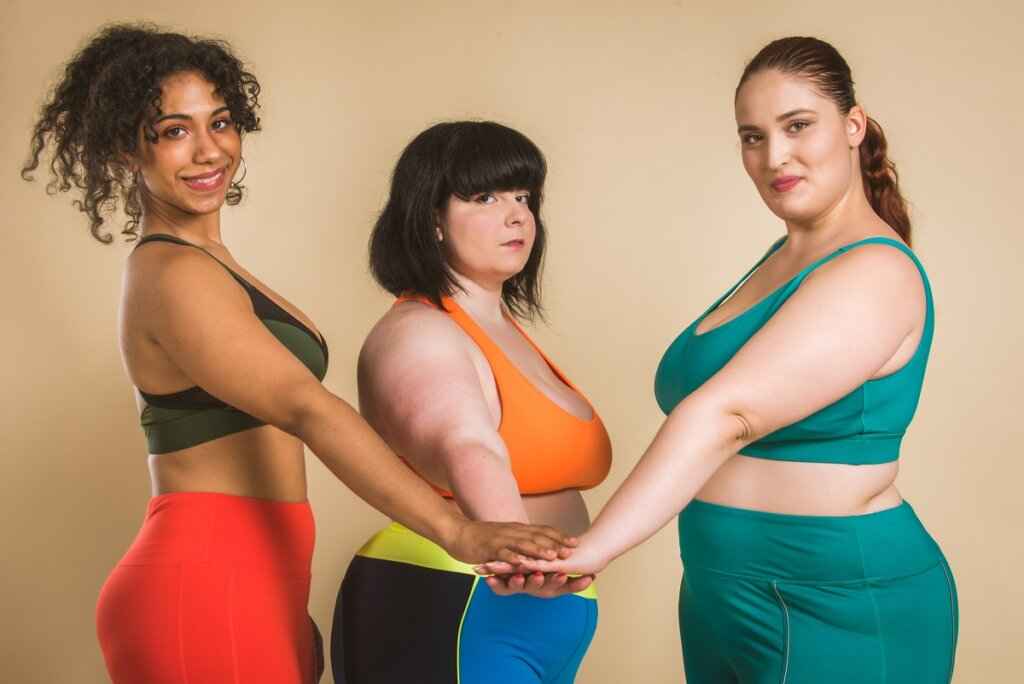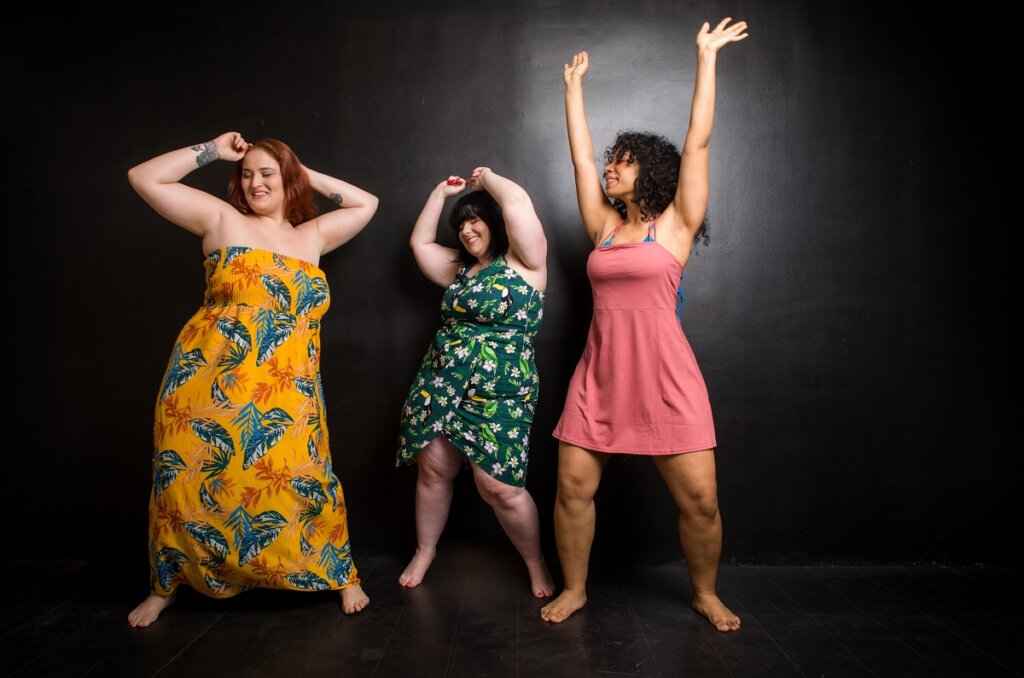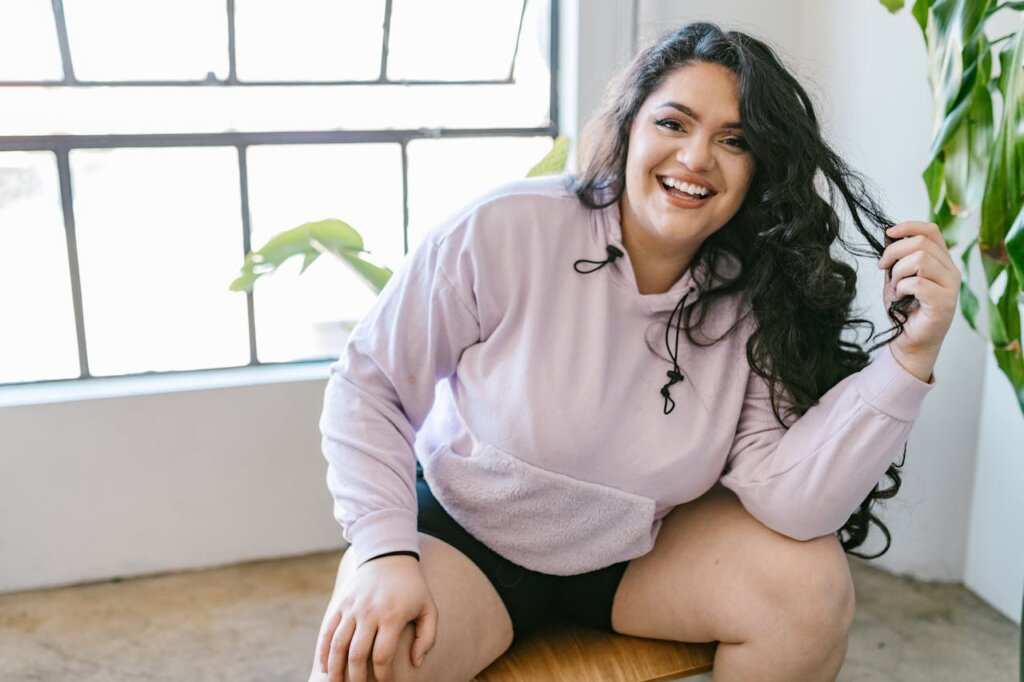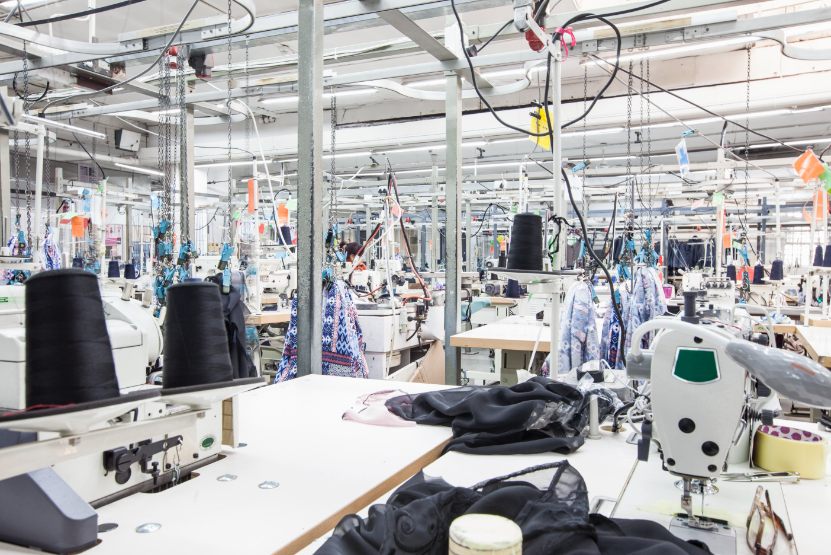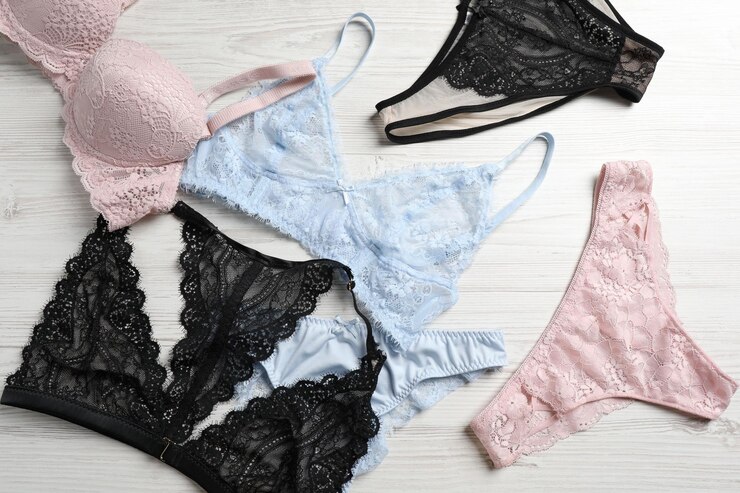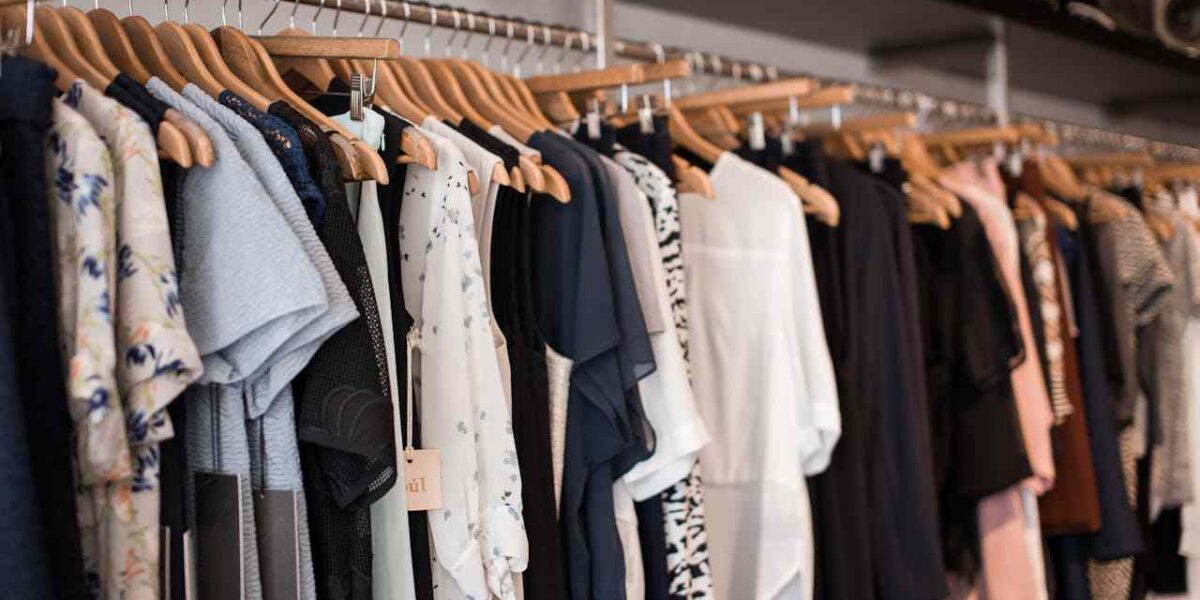Starting a fashion brand that caters to all body types is a fantastic business idea, and the plus-size market is growing rapidly. If you’re wondering how to start a plus-size clothing business, you’re in the right place! Whether you want to design your styles or work with custom clothing manufacturers, this guide will walk you through every step. You will be able to establish a successful makeup line by conducting market research and production, along with effective branding. Are you prepared to set your dream in motion? Let us walk through the start and growth of your plus-size clothing business!
How To Start Your Own Plus Size Clothing Store – Step By Step Guide
Plus-size fashion as an industry is booming, and to start selling plus-size clothes in this niche can be very lucrative and meaningful. Yet the success of that mission starts with a plan that should include researching the market, sourcing the right materials, and setting up the business itself. You will want to look through the key steps of the business of plus-size clothing with this step-by-step guide to help you recognize that you wish to be an honest brand to the people you want to target.
Market Research
Before you get prepared to start a plus-size clothing line, make an effort to know what the market is all about. The last few years have witnessed a steep rise in the demand for plus-size fashion, mainly owing to body positivity movements, inclusivity in fashion, and the increased purchasing power of plus-size consumers. Analyzing industry reports and trends will help you identify market opportunities.
Not all plus-size customers have the same preferences. You should think about things such as their age, lifestyle, preferred styles (casual, workwear, athleisure, and how much they are willing to pay for clothing. Knowing what plus-size consumers need can involve taking surveys and positively engaging with them on different social media platforms.
Study the existing plus size clothing boutiques, their pricing strategies, marketing efforts, and customer feedback. It will help you present your brand in a way that noticeably stands out from the crowd.
Defining Your Niche and Brand Identity
Focusing your efforts on one design category, such as leisurewear, office wear, athletic wear, sustainable fashion, or even premium pieces, will give your plus-size apparel brand a unique perspective to set it apart in a competitive market.
Finding the most suitable and lucrative niche builds brand loyalty among a predictable clientele. Your very well-recognized brand should embody a wonderfully fashioned name, logo, and mission statement that says much from the standpoint of values.
Whether it be empowerment, inclusivity, or sustainability, a clear message allows customers to resonate with your brand. In which areas is fieldwork transition different from the operational market?
Be it a design perk of fitting an array of sizes, fabrics thought to be friendly to the environment, fitting made to fit a client, or even that it is pocket-friendly, your unique sales proposition must shine through your advertisement and products.
Sourcing Materials and Choosing a Manufacturer
When it comes to the garments, their production will affect the brand label in a big way. This is because durability, stretchability, and comfort would define the perfect plus-size clothing, thus ensuring great fit and confidence. Investing time and quality into developed materials has shown an increase in customer satisfaction.
By working with good plus size clothing manufacturers, the process of production becomes streamlined, customized sizing is much easier to achieve, and quality remains in check. Tack Apparel caters to the production of custom plus size hoodies and overall clothing and allows brands to scale with ease. Before closing a certain manufacturer, get to understand the MOQ, production schedules, and cost per unit. This will assist in the planning of inventory and pricing strategy.
Designing Your Plus-Size Clothing Line
The key to fostering customer fidelity in plus-size markets is creating flattering, chic, and well-fitting clothing. Customers who are plus-sized look for clothes that are not only fashionable but also adapted for a range of body shapes. Such examples are A-line, stretchy, or some adjustable features that would improve the fit and comfort level of the attire.
Standardized sizing often does not apply to plus-size clothing. In developing new items, the key principles are: using “real body” testers, extending sizes to higher limits than traditionally used, and incorporating adequate, logical size charts to guide better-fitting garments.
Then, it follows that collaborating with qualified pattern makers and sample developers would form the core of the process, as trial prototypes and testing of designs precede the production phase. This decreases customer complaints and return requests, hence creating more satisfaction for the company model.
Production and Manufacturing Process
It is the production strategy that dictates the efficiency, cost, and quality of a product. There are two options: made-to-order operation (small-batch, custom sizing) or bulk (mass manufacturing, lower cost per unit).
Today’s consumer is attracted to brands promoting fair wages, just labor, and ethically sourced products. Integrating only responsible manufacturers will bolster your brand’s good name. Do strict quality assurance checks for durability in the fabric, strength in the stitching, and accuracy in the sizing before you start a plus size clothing line online.
Setting Up Your Business
A sturdy legal and business base would be a key imperative for long-term survival. Depending on where you’re located, you’ll need to register your company as an LLC, sole proprietorship, or corporation. Trademarks for your brand name and logo should also be ensured in the protection of your business identity.
Choose how you want to sell:
- Wholesale – Selling in bulk to retailers.
- Dropshipping – Partnering with a supplier to fulfill orders directly.
- Direct-to-Consumer (DTC) – Selling via your website or social media.
Connect your price points with manufacturing costs, competition pricing, and perceived value. Set a price that is competitive but still functional for the product you intend to become known for and the uniqueness of your brand.
Building Your Online and Offline Presence
Your brand will require good visibility to draw in customers and B2B buyers. Well-designed professional websites with detailed product catalogs, pricing structures, and contact options will work toward attracting bulk buyers.
Alibaba, Faire, and TradeIndia are platforms that create connections between wholesale and global retailers that look for suppliers of Plus-Size Fashion. The other tools available include impactful platforms such as Instagram, TikTok, and LinkedIn, which offer great ways to reach out to buyers and fashion retailers, showcase designs, and create a community of buyers.
Sales, Distribution, and Scaling Your Business
Once you have launched a brand, continuously work on expanding sales and distribution. Decide whether you will sell through retail stores, online marketplaces, or direct sales on your website. Work with boutiques and online platforms such as Amazon, Zalando, and ASOS Marketplace to reach a wider audience. Once you have a successful base, think of expanding product lines, introducing new designs, markets abroad, and increased production capacity to expand the business.
Cost To Start a Plus Size Clothing Line
Setting up a small business of plus-size clothing demands a hefty investment, depending on such factors as the location and size of the store. According to the industry insights, an entrepreneur is looking at anywhere from $100,000 to $500,000 in startup costs to start a clothing line. Such costs normally cover:
- Retail Space: Leasing or purchasing a suitable location.
- Inventory: Procuring a diverse range of plus-size apparel.
- Store Fixtures: Setting up displays, shelving, and fitting rooms.
- Marketing: Promoting the new business to attract customers.
- Operational Expenses: These cover utilities, staff salaries, and other ongoing costs.
It is significant to develop a thorough financial plan that depends on your specific business model and regional market conditions for proper funding and financial sustainability.
Key Takeaways for a Successful Plus-Size Clothing Business
Beginning a custom-size clothing company can be rewarding and exciting in the backdrop of inclusive fashion. Designing an impressive brand image through detailed market research and getting only the best materials from the right manufacturers will help build a successful and sustainable brand. Both online and offline, a strong brand presence will woo customers and B2B buyers. Although the initial cost of starting this business might be high, a properly articulated clothing line business plan, if carried out in the right way, can lead to long-term profits. If you were just committed to providing stylish designs fitted well to the body, your plus-size line could thrive amid a competitive industry.


